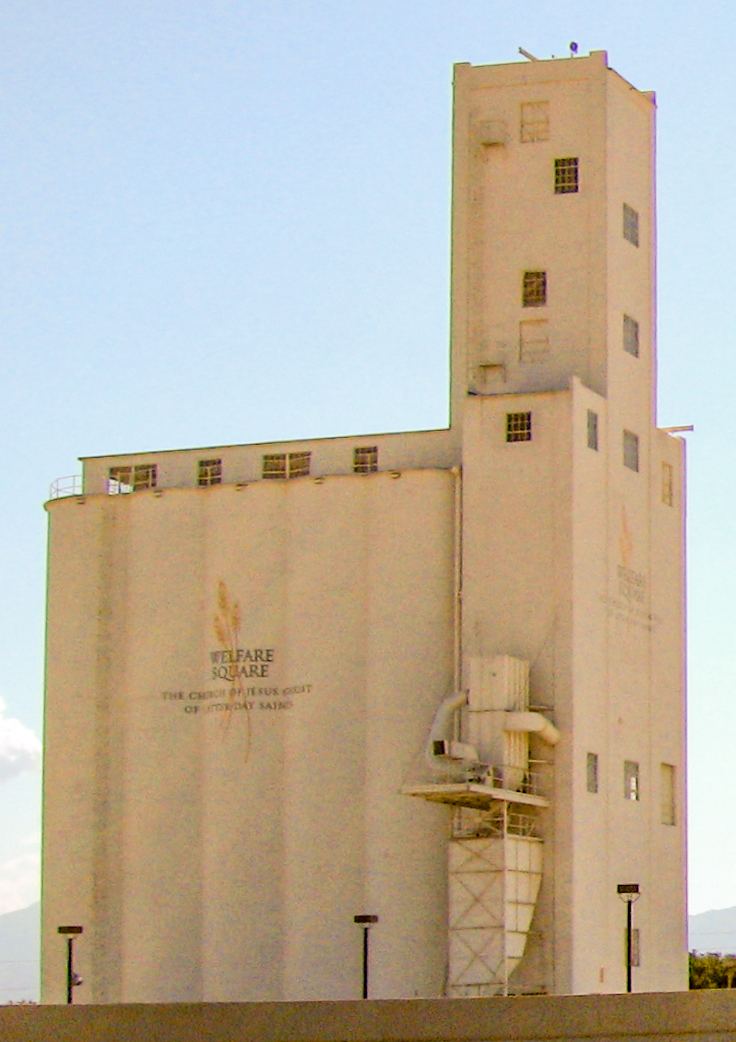 | ||
A bishop's storehouse in The Church of Jesus Christ of Latter-day Saints (LDS Church) usually refers to a commodity resource center that is used by bishops (lay leaders of local congregations analogous to pastors or parish priests in other Christian denominations) of the church to provide goods to needy individuals. The storehouses stock basic foods and essential household items. The term can also be used figuratively to refer to all of the time, talents, skills, materials, compassion, and financial means of the members of the church that are available to be applied in the service of the needy.
Contents
As of January 2010 there are 138 bishop's storehouses in operation.
Origin
The concept of the bishop's storehouse is based on a revelation received by Joseph Smith, founder of the Latter Day Saint movement, on February 9, 1831, whereby he was instructed to keep goods "in my [the Lord's] storehouse, to administer to the poor and the needy". The first bishop's storehouse was established in Bishop Newel K. Whitney's store in Kirtland, Ohio.
Operation
Most of the goods in the storehouse are purchased with fast offering funds or produced on church-owned agricultural property. The storehouses are staffed by volunteers or church service missionaries. Persons in need, whether members of the church or not, can access the storehouse by approaching a bishop or local Relief Society president. The bishop decides whether or not the person will be given assistance and works with the Relief Society president in determining what the person will be given. The usual practice is to ask the recipient to work or render some form of service in exchange for the good given them.
Bishop's storehouses are not commercial entities and goods are generally not for sale to the public through them.
